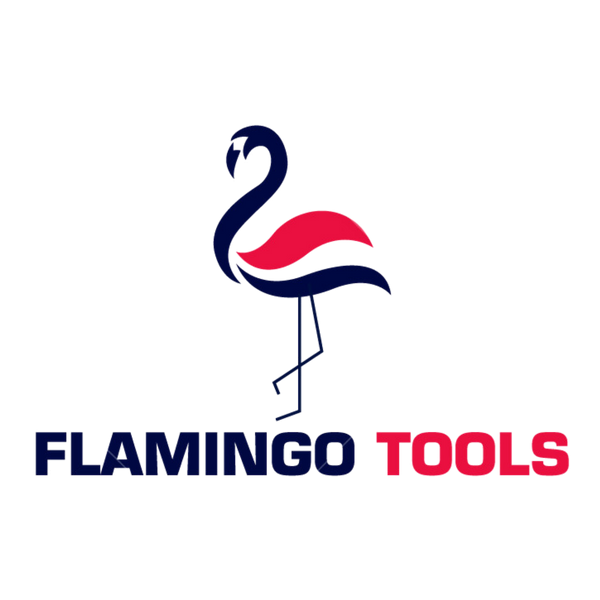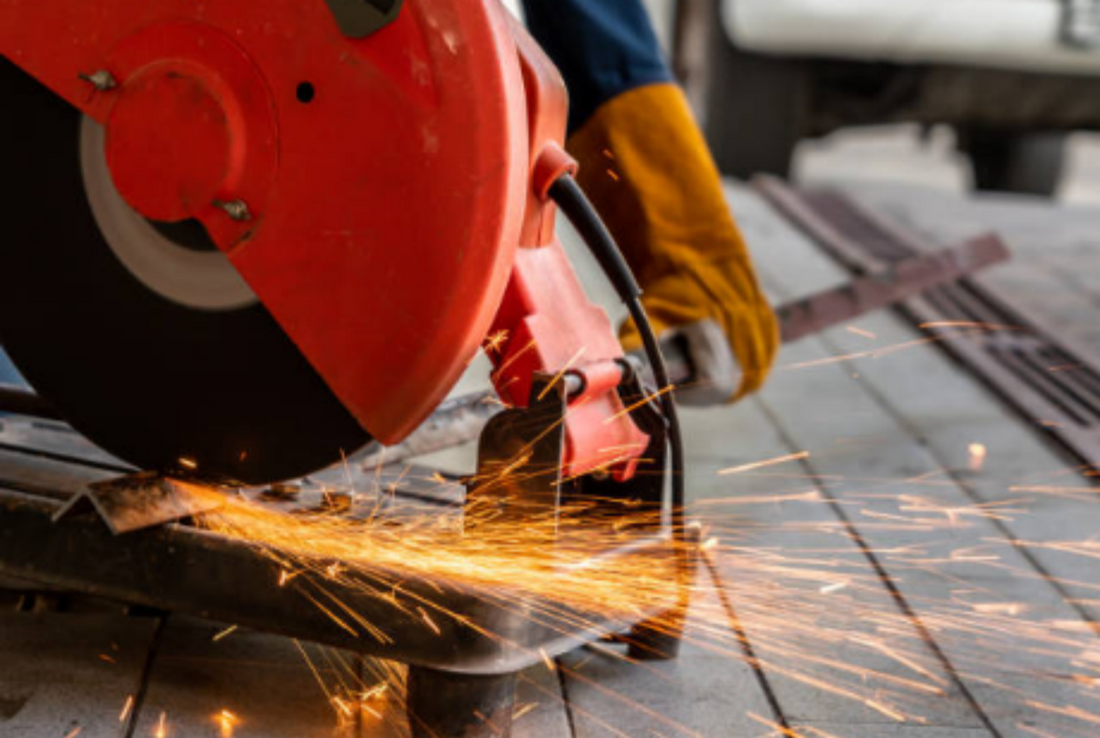
Cutting wheels are essential tools in various industrial, architectural, and DIY applications, as they have a high aging rate and precision in cutting hard materials. Knowing what cutting wheels are, how they are used, and the benefits they offer is critical to maximizing their performance and ensuring safety. This guide takes a deeper look at cutting wheels, including their applications, benefits, and best practices for use.
What is a broken wheel?
Cutting wheels, also known as grinding or cut-off discs, are designed to cut metals, concrete, stones and other hard materials with the least effort. They are characterized by a thin disc structure made of abrasive particles bound by resin or metal matrix. Depending on the material being cut, different abrasives are used:
- Alumina: Commonly used for cutting steel and other ferrous metals.
- Silicon Carbide: Very suitable for cutting non-ferrous metals, concrete and masonry.
- Diamond abrasives: best suited for cutting hard materials such as stones and ceramics.
Application of cutting wheels
Cutting wheels are widely used and can be used in various industries. The following are the segments of their main applications:

1. Metal Processing: Cutting wheels are widely used for cutting various metals including steel, stainless steel and aluminum. They are essential for tasks such as cutting metal bars, pipes and plates.
2. Construction: In the construction industry, cutting wheels are used for cutting concrete, masonry and stone. They are particularly suitable for tasks such as cutting tiles, bricks and concrete slabs.
3. Car maintenance: The mechanic uses cutting wheels to cut the exhaust system, suspension components and other car parts. They are capable of precise and effective cutting in car maintenance and modification.
4. Manufacturing: For manufacturing tasks, cutting wheels are invaluable for cutting metal plates, bars, and profiles. They help create the precise cuts required for various manufacturing processes.
Benefits of using cutting wheels
The Cutting Wheel has many advantages that can improve its practicality in different applications:
- Precision: They offer clean, precise cuts, with minimal material loss and reduce the demand for additional finishing work.
- Efficiency: Cutting wheels can cut materials quickly, making them an ideal choice for tasks that require speed and efficiency.
- Versatility: Cutting wheels are available in various sizes and grinding types, and can handle a variety of materials and cutting needs.
- Economy and efficiency: Through proper use and maintenance, cutting wheels are durable and provide an economical and efficient solution to cutting tasks.
Type of cutting wheel

Knowing the different types of cutting wheels and their specific applications is essential to choosing the right cutting wheels according to your needs. The following is a comparison table of common cutting wheels:
| Type of cutting wheel | Material | Typical applications | Advantage |
| Alumina | Steel, stainless steel | Metal cutting and fabrication | Durable, suitable for ferrous metals |
| Silicon carbide | Concrete, masonry, non-ferrous metals | Construction, Stone cutting | Sharp, suitable for hard materials |
| Diamond Abrasives | Stone, ceramics | Cutting tiles, hard stone | Extremely durable and precise cut |
Key considerations for optimizing use
To ensure effective and safe use of the cutting wheels, remember the following precautions:
1. Choose the right wheel:
- Material Compatibility: Choose a wheel that matches the material you are cutting. For example, steel wheels use alumina wheels and concrete wheels use silicon carbide wheels.
- Size and Thickness: Make sure the wheel size and thickness are appropriate for the task and tools used.
2. Correct installation:
- Secure Installation: Make sure the cutting wheel is firmly installed on the tool. Improperly installed wheels can cause wobbling, which can lead to accidents or poor cutting performance.
- Alignment: Check that the wheels are properly aligned to avoid vibrations and ensure a smooth cutting process.
3. Safety precautions:
- Personal Protective Equipment (PPE): Always wear protective glasses, gloves and face masks to protect yourself from debris splashes and dust.
- Inspection: Before use, check the wheels for signs of cracks or damage. Do not use damaged wheels as this can be dangerous.
4. Correct use:
- Knife Speed: Operate the knife at the recommended cutting wheel speed. Excessive speed can cause overheating and possible wheel failure.
- Cutting Technology: Use stable and controlled movements when cutting to maintain precision and prevent overheating.
5. Storage and handling:
- Proper Storage: Store cut wheels in a cool, dry place away from extreme temperatures and humidity. Proper storage helps maintain their integrity and extend their shelf life.
- Handle with care: Handle the cutting wheel with care to avoid chipping or cracking. Avoid dropping or impacting.
Researching common problems
Even when used properly, the cutting wheel can have problems. The following are common problems and their solutions:
- Wheel shaking: This can be caused by improper installation or wheel imbalance. Make sure the wheels are installed properly and check the balance.
- Excessive wear: If wheels are wearing out quickly, it may be due to excessive speed or improper use of the material. Check the compatibility and operating conditions of the wheels.
- Cracks: Cracks in wheels can be caused by operational damage or excessive stress. Check wheels regularly to avoid using damaged wheels.
Conclusions

The cutting wheel is an important tool for cutting all types of hard materials efficiently and accurately. By knowing its applications, benefits, and best practices, users can ensure they get the most out of these tools while maintaining safety and performance. Whether metal machining, construction, automotive maintenance, or manufacturing, choosing the right cutting wheel and using it correctly will bring better results and longer tool life.
For more information and detailed guides on using cutting wheels, please consult industry resources and manufacturer recommendations. Proper knowledge and operation will ensure that the cutting wheel remains a reliable part of your kit.

